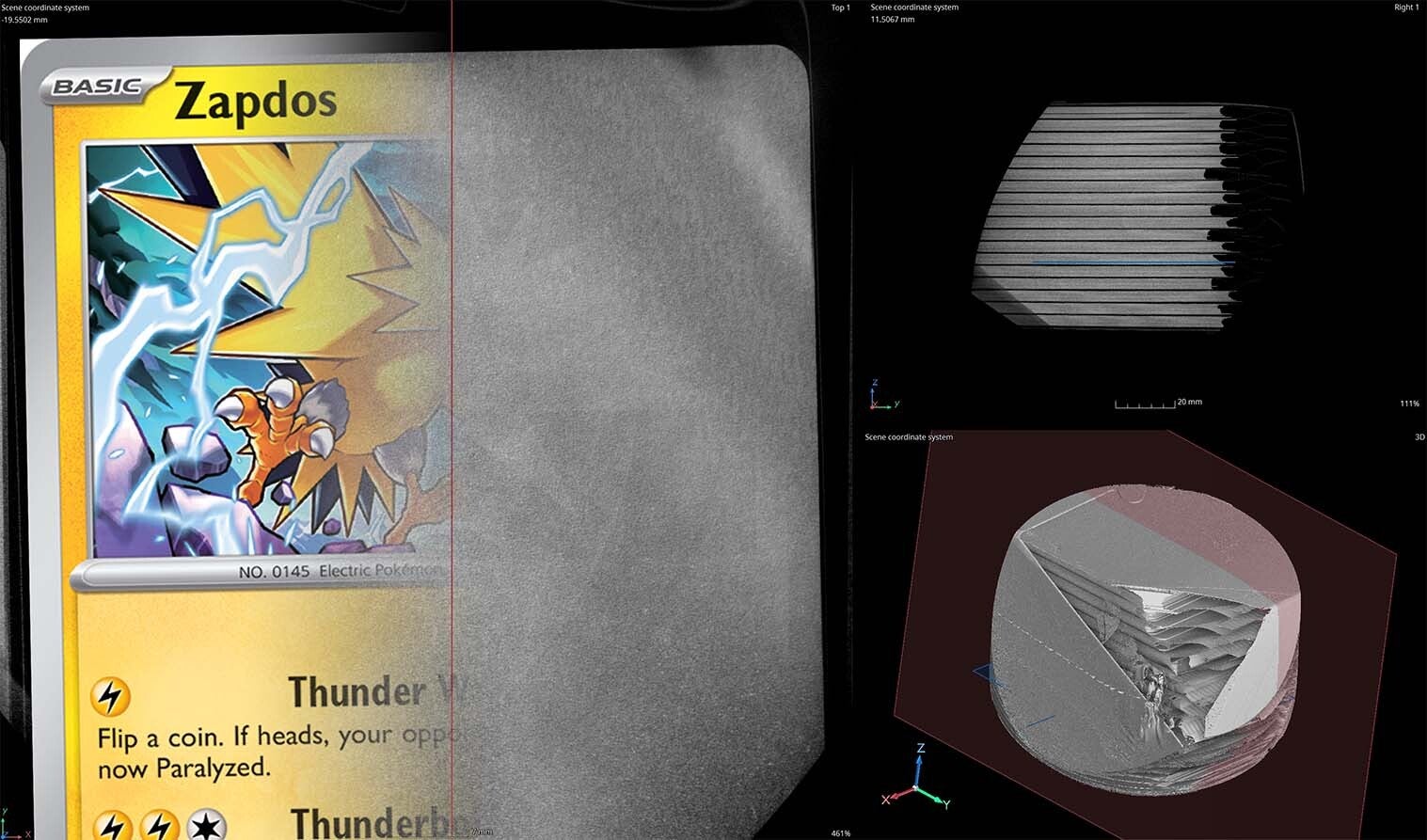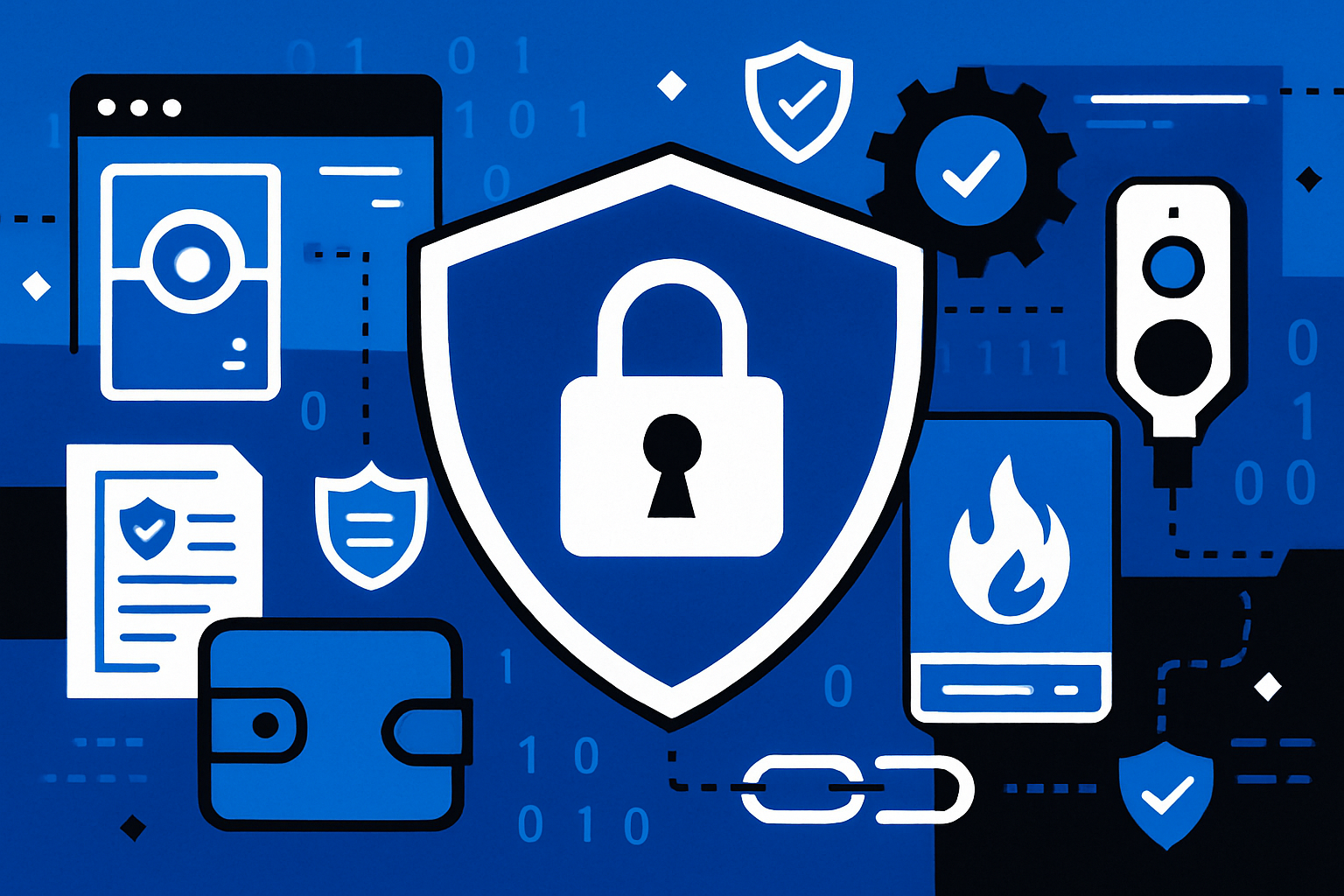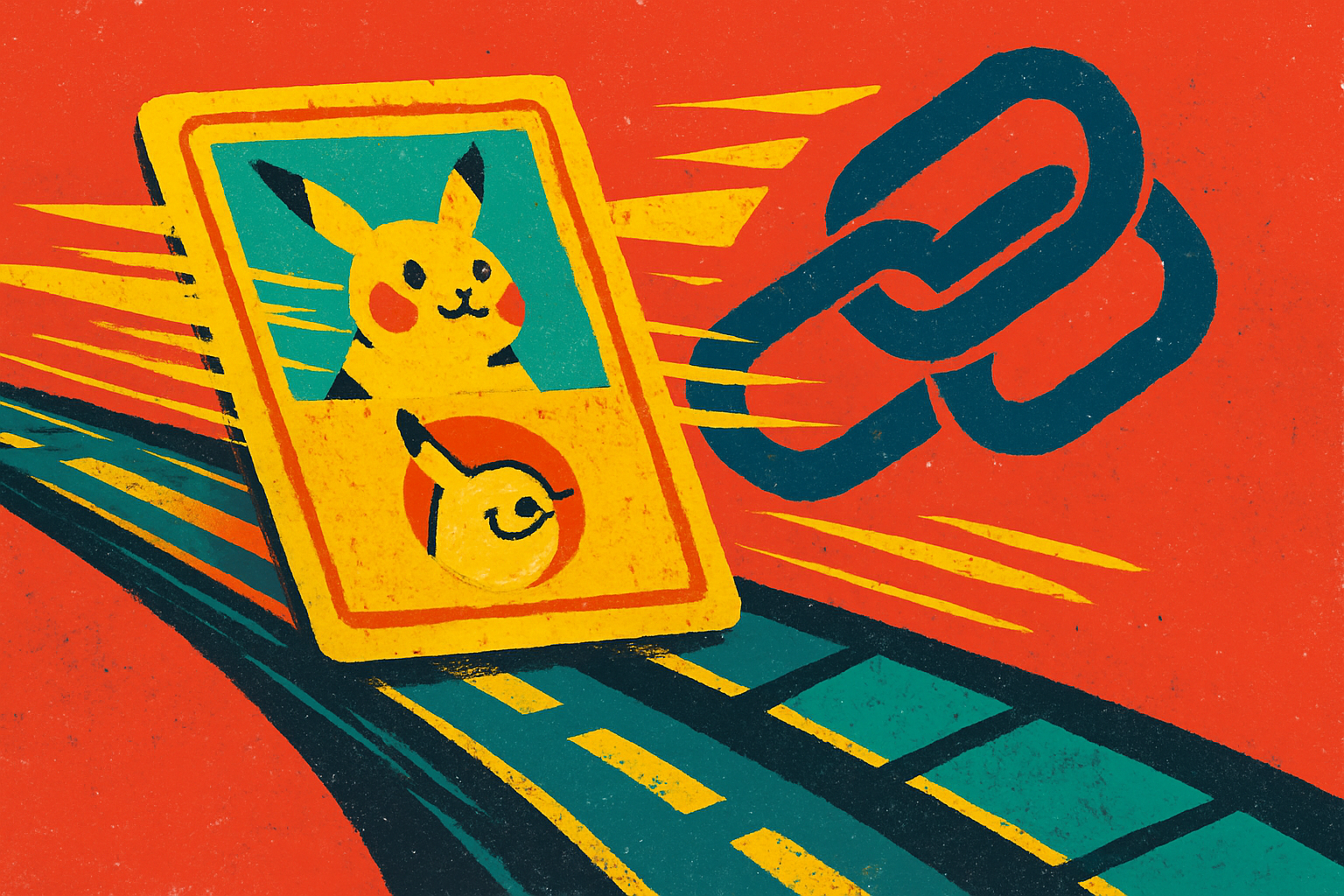
The intersection of Pokémon card collecting and blockchain technology has given rise to a new frontier: tokenizing Pokémon cards as NFTs. This process transforms your physical trading cards into digital assets, allowing collectors to prove authenticity, trade globally, and tap into the growing world of crypto-backed collectibles. As projects like Collector Crypt and platforms supporting Pokémon card NFTs surge in popularity, understanding how to tokenize your own cards has never been more valuable for enthusiasts and investors alike.

Why Tokenize Pokémon Cards? The Value Proposition
Tokenizing Pokémon cards means creating an NFT (non-fungible token) that represents ownership of a real, physical card. This NFT acts as a digital certificate, backed by the blockchain’s security and transparency. The benefits are significant:
- Verifiable Provenance: Each tokenized card has immutable ownership history on-chain.
- Fraud Protection: Blockchain records make forgery nearly impossible.
- Global Liquidity: Sell or trade your NFT instantly with anyone worldwide, without shipping the physical card first.
- Fractional Ownership: Some platforms enable splitting high-value cards into shares, so multiple people can invest in a single rare Pokémon card.
This trend is reflected in the recent market data: tokenized Pokémon cards have reached $124.5 million in value according to industry reports, with renewed interest from both collectors and crypto-native investors. Platforms like Collector Crypt have pioneered redeemable NFTs with physical vaulting and gamified pack-opening experiences, making it easier than ever to participate in this hybrid market.
The Step-By-Step Process: From Physical Card to NFT
If you’re ready to bridge your collection into the digital realm, here’s how you can tokenize your Pokémon cards as NFTs:
The journey starts with digitizing your card through high-quality photography or scanning. Next comes choosing a blockchain platform, Ethereum remains the standard for NFT trading cards due to its vast ecosystem, but Polygon and Solana offer lower fees and faster transactions. You’ll need a compatible wallet (like MetaMask or Phantom) set up before you can mint any NFTs.
A key consideration is selecting an NFT marketplace that supports collectible RWAs (real-world assets). OpenSea and Rarible are major players with robust support for trading card NFTs across multiple blockchains. Once you connect your wallet to the marketplace and upload your digital images, it’s crucial to add comprehensive metadata, card name, rarity, edition number, to maximize value and discoverability among buyers searching for specific Pokémon RWA assets.
“The future of collecting isn’t just about owning what’s rare, it’s about proving it on-chain. “
Ensuring Authenticity: Linking Physical Cards to Digital Tokens
The credibility of tokenized Pokémon cards hinges on their connection to real-world counterparts. Leading platforms address this by incorporating unique identifiers, serial numbers or QR codes, into both the NFT metadata and the physical card itself. In some cases, NFC tags are affixed directly onto the sleeve or case holding the card; scanning these tags verifies ownership against blockchain records in real time.
This approach not only deters counterfeiting but also enables seamless transfer of both digital proof and physical asset when sales occur. As lending markets begin experimenting with using these NFTs as collateral (albeit with practical limits), robust linking between physical trading cards and their on-chain representations becomes mission-critical for trust across all parties involved.
Beyond the technical process, consider the strategic implications for your collection. Tokenized Pokémon cards are more than just digital images; they represent a new asset class with unique liquidity and investment potential. By leveraging blockchain’s transparency, you can track provenance, ownership transfers, and price history in ways that traditional collectibles simply can’t match. This is especially relevant as the market for Pokémon card NFTs continues to mature, attracting not only collectors but also institutional investors seeking exposure to alternative assets.
Best Practices for Selling and Managing Tokenized Cards
Once your Pokémon cards are tokenized, managing sales and transfers efficiently is crucial. Here’s what seasoned collectors recommend:
- Price Strategically: Monitor comparable NFT trading cards and set prices that reflect rarity, condition, and demand.
- Promote Widely: Engage with both crypto and traditional collector communities. Platforms like Twitter, Discord, and dedicated NFT forums are ideal for showcasing your listings.
- Secure Delivery: When a sale is made, ensure safe shipment of the physical card using tracked services. Document every step to maintain trust.
- Maintain Records: Keep detailed logs of both on-chain transactions and real-world shipments for tax purposes and dispute resolution.
Risks and Considerations in Pokémon Card Tokenization
No innovation is without risk. While tokenizing Pokémon cards offers unprecedented benefits, it’s important to weigh potential downsides:
- Platform Reliability: Ensure the marketplace or vaulting service you use has a proven track record. Loss of physical custody or platform shutdowns could jeopardize access to your assets.
- Legal and Tax Implications: Regulations surrounding NFT trading cards and physical trading card tokenization vary by jurisdiction. Consult a tax professional familiar with crypto assets before making significant sales or purchases.
- Permanence of Links: The value of a Pokémon RWA NFT depends on ongoing verifiability between the digital token and its physical counterpart. If this link is broken (e. g. , loss or damage of the real card), market confidence may suffer.
The Future: Fractional Ownership and Gamified Experiences
The horizon for Pokémon cards crypto integration goes far beyond simple digitization. Some platforms now offer fractional ownership, enabling multiple users to co-own high-value cards, or gamified pack openings where digital packs correspond to real-world assets stored in secure vaults. These innovations open up collecting to broader audiences while maintaining authenticity through blockchain verification.
If you’re ready to explore this new frontier or want more detail on each step of the process, check out our full guide: How to Tokenize Your Pokémon Cards as NFTs: Step-By-Step Guide for Collectors.
The convergence of blockchain technology with classic collectibles like Pokémon trading cards isn’t just a passing trend, it’s redefining how value is authenticated, traded, and preserved across generations. Whether you’re safeguarding your childhood favorites or seeking new investment opportunities in NFT trading cards, understanding how to tokenize your collection puts you at the forefront of this evolution.



